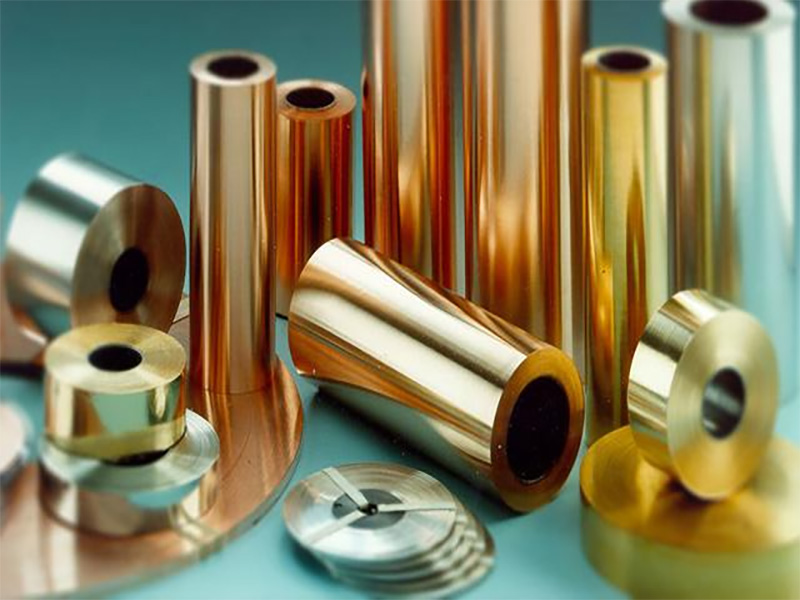

Common Metal aging is one of the most common methods to change the properties of metal alloys. Although many metals can change their properties by heating, quenching or work hardening, some metal alloys are specially formulated for aging. Aging can change the physical and aesthetic properties of alloys, making them have completely different characteristics from the unaged morphology.



In natural aging or artificial aging of a metal alloy, one problem is the so-called over aging. When the size of the precipitate changes, the execution of the aging process exceeds the point beneficial to the application. This usually results in a reduction in strength and hardness. Two Common metal methods are welding or cold working metal. Care should be taken to determine whether the soluble heat treated metal needs to be artificially aged again, following one of these two processes to ensure that the required mechanical properties still exist.

For Further Details,Please Feel Free To Contact Us: